A nebula is an interstellar cloud formed by gas and dust. When observed by the naked eye, or with an optical telescope, nebulae look like luminous stains with hazy outlines. In the past, the generic name “nebula” was used to define luminous objects that did not appear as points, such as galaxies, in which individual stars could not be singled out. This was the case with the Andromeda Galaxy, once called the Andromeda Nebula. Actual nebulae, on the other hand, are clouds mostly made up of hydrogen and other gases, such as helium, oxygen and nitrogen. They may be tens or thousands of light years in diameter. Nebulae are where new stars are born. Inside the cloud, gravity in some places can create the conditions for nuclear fusion, leading to the birth of a new star.
Some nebulae are generated by the death of a star. This happens when a star explodes and its gases are dispersed into space. Planetary nebulae are formed when a dying star expels the gases in its outer layers. These nebulae are so named because they look circular, like planets, when observed with an optical telescope. There are luminous and dark nebulae. Luminous nebulae are subdivided into emission nebulae and reflection nebulae. The latter are usually blue and shine because they reflect the light of nearby stars. Emission nebulae, however, emit their own light. Their gases, ionized by the heat of neighboring stars, generate light. One of the most luminous known nebulae, the Orion Nebula, belongs to this category. Dark nebulae on the other hand, neither reflect nor generate light, but obscure or dim the light of other stars or nebulae.
The most well-known is the Horsehead Nebula, also located in the Orion constellation. Nebulae were first classified by French astronomer Charles Messier, in his Catalogue of Nebulae and Star Clusters, published in 1774. Some of them have been known since ancient times. The Maya believed the Orion Nebula to be the resting place of the souls of the dead. Today this nebula is mostly studied to in order to increase our understanding of how stars are born. Observations conducted using the Hubble Space Telescope are especially useful for this purpose.
Some nebulae are generated by the death of a star. This happens when a star explodes and its gases are dispersed into space. Planetary nebulae are formed when a dying star expels the gases in its outer layers. These nebulae are so named because they look circular, like planets, when observed with an optical telescope. There are luminous and dark nebulae. Luminous nebulae are subdivided into emission nebulae and reflection nebulae. The latter are usually blue and shine because they reflect the light of nearby stars. Emission nebulae, however, emit their own light. Their gases, ionized by the heat of neighboring stars, generate light. One of the most luminous known nebulae, the Orion Nebula, belongs to this category. Dark nebulae on the other hand, neither reflect nor generate light, but obscure or dim the light of other stars or nebulae.
The most well-known is the Horsehead Nebula, also located in the Orion constellation. Nebulae were first classified by French astronomer Charles Messier, in his Catalogue of Nebulae and Star Clusters, published in 1774. Some of them have been known since ancient times. The Maya believed the Orion Nebula to be the resting place of the souls of the dead. Today this nebula is mostly studied to in order to increase our understanding of how stars are born. Observations conducted using the Hubble Space Telescope are especially useful for this purpose.
RELATED


THE OCTOPUS
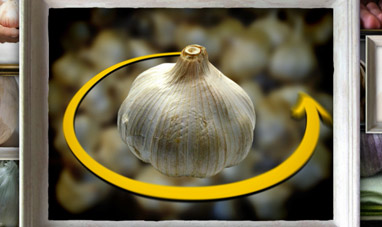

GARLIC


SCORPION


SKIN


THE NERVOUS SYSTEM


BIG DATA


EOLIC
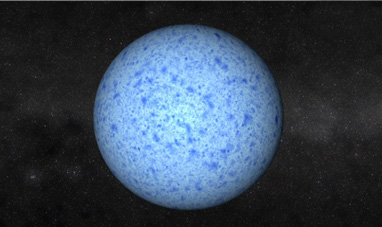

NOVAE


SALMON


FACEBOOK


OIL
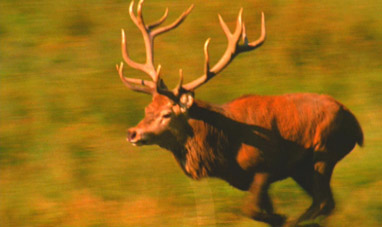

DEER
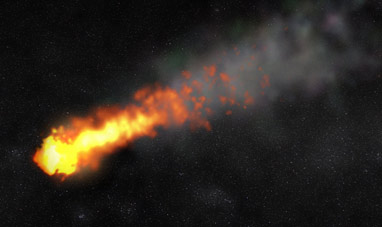

METEORS
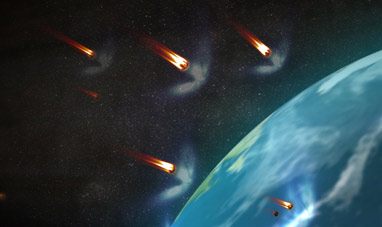

COMETS
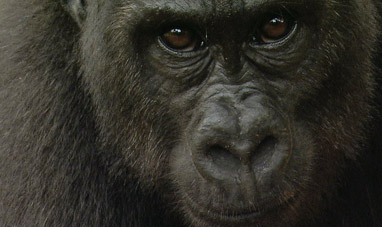

GORILLA
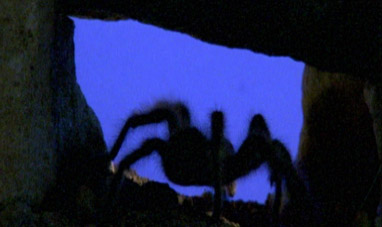

TARANTULA
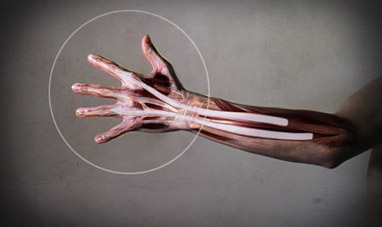

THE HANDS


HERMIT CRAB


THE BRAIN
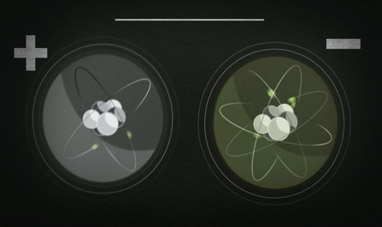

CHEMICAL BONDS


STEPHEN HAWKING


GIANT ANT EATER


KINETIC, POTENTIAL AND MECHANIC ENERGIES


COMMON COLD
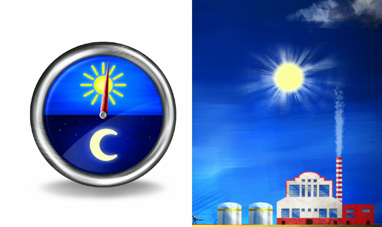

SOLAR THERMAL ENERGY


STORK


THE PRAYING MANTIS


BEE
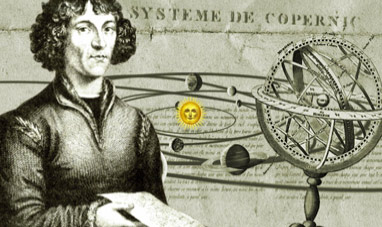

NICOLAUS COPERNICUS


ARCHIMEDES' PRINCIPLE


GECKO
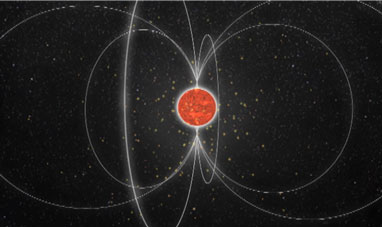

PULSARS
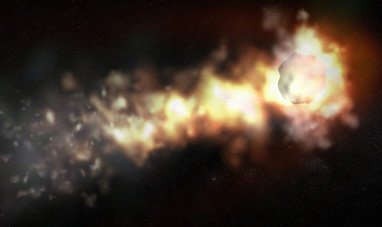

METEORITES
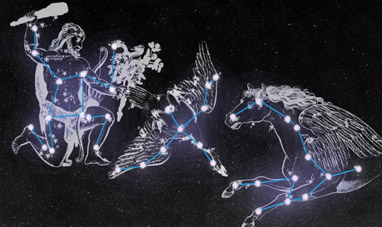

CONSTELLATIONS


CHAMELEON


DOG
